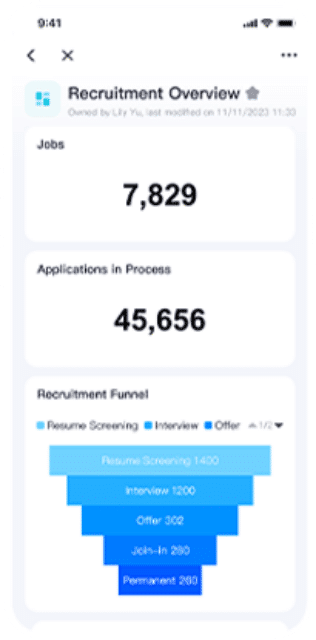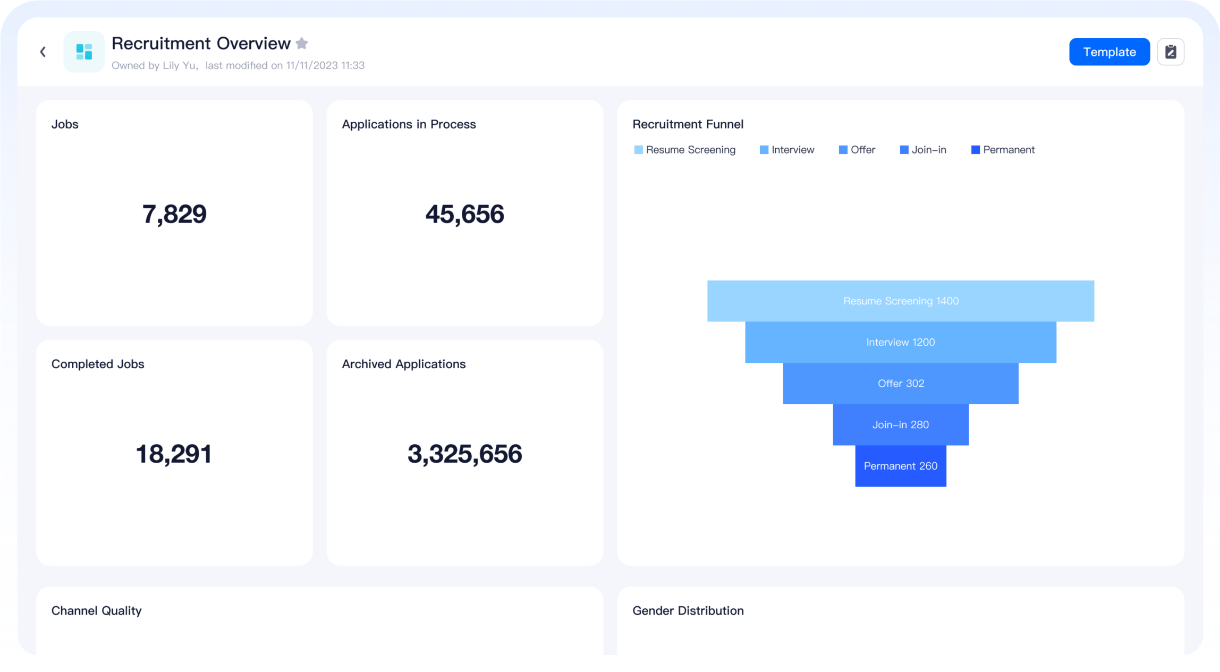Did you know that over 70% of logistics companies struggle with inefficient tracking systems, leading to significant delays and increased operational costs? In today’s fast-paced transportation industry, having a robust hr tracking system is not just an option; it’s a necessity. These systems are designed to streamline processes and enhance efficiency, particularly when it comes to managing human resources within the complex landscape of transportation.
The Essential Features of HR Tracking Systems in Transportation
An effective HR tracking system serves as the backbone for managing workforce operations in the transportation sector. It encompasses various features such as real-time data monitoring, employee performance analytics, and automated reporting tools. One critical aspect is its role in Customs Clearance Processes—where timely documentation and compliance can make or break shipping timelines. By integrating these functions into one cohesive platform, organizations can ensure smoother transitions through customs while maintaining regulatory standards.
Diving Deeper: Applicant Management Software & Customs Clearance Processes
applicant management software plays a pivotal role within HR tracking systems by facilitating efficient recruitment tailored specifically for roles involved in Customs Clearance Processes. This software allows companies to filter candidates based on their expertise related to customs regulations and international trade laws. Furthermore, it streamlines onboarding procedures so that new hires are quickly equipped with necessary training modules regarding compliance protocols—a crucial factor given the complexities surrounding global shipping regulations.
MokaHR’s Unique Characteristics in Customs Clearance Processes

- Integrated Compliance Checks: MokaHR offers built-in compliance verification tools that help ensure all employees understand current customs regulations before they engage with shipments.
- User-Friendly Interface: The intuitive design allows users at all levels—from managers to entry-level staff—to navigate easily through essential functions related to customs clearance.
- Real-Time Updates: With MokaHR’s real-time updates feature, teams receive immediate notifications about changes in policies or requirements affecting their operations.
- Audit Trail Capabilities: The system maintains comprehensive logs of actions taken during clearance processes which aids both internal audits and external inspections seamlessly.
- Cohesive Team Collaboration Tools: MokaHR fosters collaboration among team members working on different aspects of shipment processing ensuring everyone stays informed throughout each step of customs clearance.
The Conclusion: Streamlining Operations Through Effective HR Tracking Systems
The integration of an effective HR tracking system like MokaHR significantly enhances efficiency within Customs Clearance Processes by providing vital support across various operational facets. From applicant management tailored for specific roles dealing with regulatory frameworks to seamless communication channels among team members handling shipments—these systems play an indispensable role in modernizing how we approach logistics challenges today. As we continue navigating this ever-evolving industry landscape, investing in advanced technologies will undoubtedly yield substantial returns on both time and cost efficiencies moving forward.

